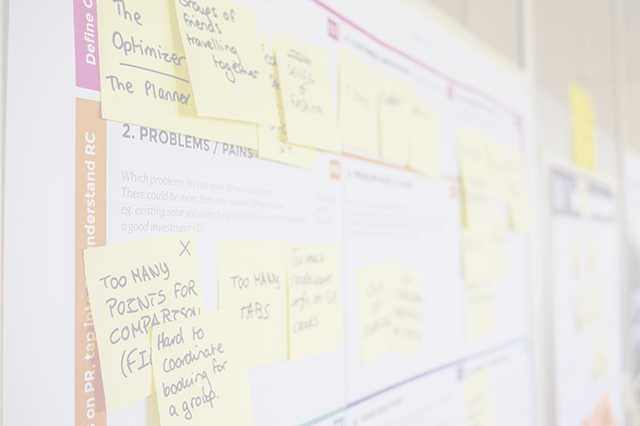Tools, Tools, Tools

As software developers we have this innate belief that another tool will solve all our problems. To that end many agile practitioners search for a tool to track their projects for them.
However in using a tool we miss the benefits of cards posted on a whiteboard/corkboard in a public place.
Let’s compare the options
Comparison: Physical vs Electronic Agile Boards
| Whiteboard/Corkboard | Electronic tool |
|---|---|
| Daily Standup in front of a board keeps the team focused by reminding team members what the stories and tasks are. | No screen is large enough for team members to stand around and read during the standup. Team members interact with a tool not each other. |
| Team members can update their progress by moving a card or changing an estimate. | You must login in to the tool and find the task/story to make changes. |
| Anyone walking past the team area can instantly tell the status of the sprint and project. Since team members see the board frequently road blocks will be quickly spotted. | You must login to see the status of the sprint/project. |
In short the whiteboard/corkboard promote conversations and collaboration among team members. If your management insists on seeing pretty reports and charts on their computer then challenge your management.
- These reports are waste - they don’t get shipped to the customer.
- Invite management to visit the team room on a regular basis and see the progress themselves.
- Have daily Scrum of Scrums that management attends so they can get their status fix that way.
If all else fails then treat these reports as an impediment that can’t be removed. Insulate the team from it - don’t force them to use a tool just because someone else wants a report. Instead as ScrumMaster/Facilitator generate the report from the taskboard.
Distributed/Dispersed teams (ie no shared physical environment) are the only time where I see a good argument for the use of tools. Even then I would try the simplest possible solution first: Google spreadsheets. It allows everyone on a team to collaborate on editing a spreadsheet at the same time.
Update: I should’ve stated my conclusion more clearly. Electronic tools work can be made to work, however I believe that you’re giving up an opportunity to foster interaction and collaboration among your team members.
Image via: https://photodune.net/

Mark Levison
Mark Levison has been helping Scrum teams and organizations with Agile, Scrum and Kanban style approaches since 2001. From certified scrum master training to custom Agile courses, he has helped well over 8,000 individuals, earning him respect and top rated reviews as one of the pioneers within the industry, as well as a raft of certifications from the ScrumAlliance. Mark has been a speaker at various Agile Conferences for more than 20 years, and is a published Scrum author with eBooks as well as articles on InfoQ.com, ScrumAlliance.org and AgileAlliance.org.
